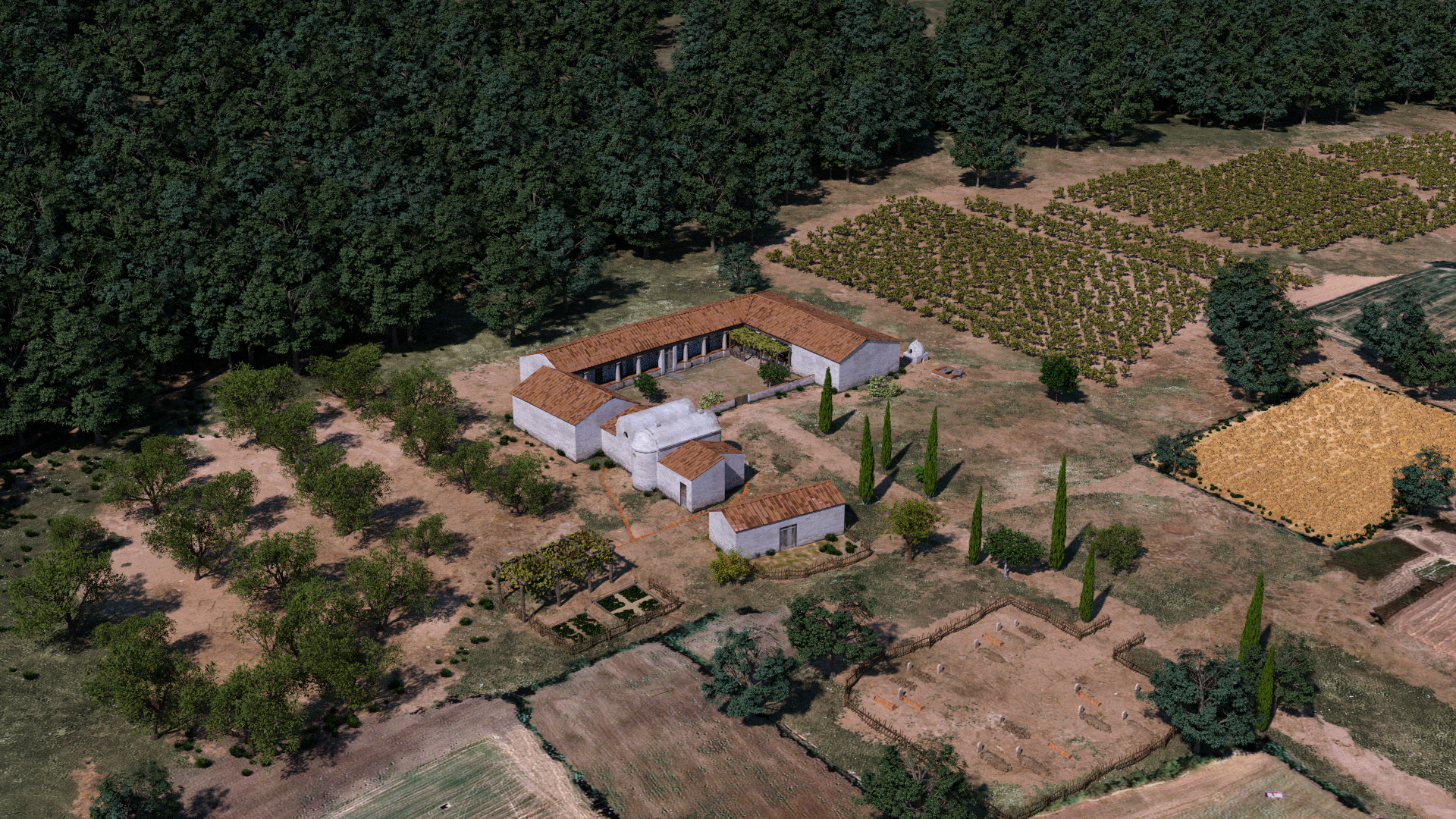
Tagua Tagua Lake: life and death of Ice Age hunter-gatherers in South America
The present proposal seeks to continue our research carried out in the former Tagua Tagua lake, located in central Chile. This locality has a remarkable archaeological potential, which has only recently begun to be systematically studied. Traditional research, as well as our new findings supported by PALARQ Foundation, has documented three late Pleistocene archaeological sites in a very limited area, dated around 12600 – 11600 yr cal BP. All of them show undisturbed human-megafauna interaction, consisting in lithic artifacts and debris spatially associated with cultural-modified bones as well with anthropogenic hearths. But also, scattered around its shores, there are at least seven hunter-gatherer cemeteries, constituted by successive inhumations which conform a tumuli. These constructions can reach about 1000 m2 of extension and according to its basal radiocarbon dates obtained in the few excavated contexts, inhumations would begin during the Pleistocene – Holocene transition (about 11100 yr cal BP). As far as we know, there is no other archaeological locality in South America with a similar record.
Thus, the main goal of these proposal is to obtain new archaeological information about the lifestyle of the hunter-gatherers that inhabited the area during the Pleistocene – Holocene transition. We hypothesize that the former Tagua Tagua lake was particularly attractive for hunter-gatherers which started to exploit its natural resources regularly since late Pleistocene. The early emergence of spatially delimited places of inhumation suggests an increase in population density and a need to demarcate the territories probably due the dry conditions of the early Holocene. Two consequences can be pointed out: 1. Is possible to find more late Pleistocene residential/logistical sites; and 2. Is possible to establish a continuity between these early sites and the tumuli builders.
Methodologically we propose the excavation and study of one selected cemetery as well as one new late Pleistocene residential/logistical camp. During the 2023 field season in Tagua Tagua we will perform several test pits around the previously recognized early archaeological sites in order to find new cultural data. We propose to excavate these positive test pits. We hope to obtain new lithic and faunal remains, as well as organic material for radiocarbon dating. Regarding to cemetery, human remains will be fundamental in our research, so several analyses will be performed, including radiocarbon dating, bioanthropological studies, dietary reconstruction and eventually ancient DNA analysis.
This holistic approach will generate a high impact in archaeological community, since late Pleistocene – early Holocene archaeology have been historically sustained in isolated findings. Also, human remains are particularly scarce in the early peopling of the Americas. We believe that the high density of archaeological sites in the basin guarantees a long-term research in the area.

Period
First ‘Paleo-Indian’ or ‘Paleo-American’ occupation, between 12500-9500 cal BP
Institution
Catalan Institute of Human Paleoecology and Social Evolution (IPHES-CERCA)
Web and social networks
Principal Investigators
Dr. Carlos Tornero
Dr. Rafael Labarca
Dr. Erwin González
Catalan Institute of Human Paleoecology and Social Evolution (IPHES-CERCA)
Pontificia Universidad Católica de Chile
Location
San Vicente de Tagua Tagua, Chile
LOCATION
RESULTS
The main achievement obtained during the development of the archaeological investigations has been the discovery and study of the Taguatagua 3 site. This was discovered in 2019 and was excavated continuously until 2022. At present the study of the materials is ongoing, but very important preliminary results are already available. The work allowed to define 12 strata of natural origin, composed mainly of massive silts, without laminations, with greater or lesser content of inclusions and bivalves, which vary in coloration from dark gray to greenish. Regarding the chronology, there are a total of fourteen radiocarbon dates, which allow us to ensure that the stratigraphic sequence of the Taguatagua 3 site covers (at least) from the Middle Holocene (ca. 6300 cal BP) to the terminal Pleistocene (ca. 12600 cal BP). In terms of materialities, the interventions yielded a total of 60778 archaeological/paleontological items. In general, most of them correspond to bone remains. To a lesser extent, lithic, malacological and eggshell remains were recovered, which make up one of the largest archaeological collections for this period in South America. The lithic materials recovered amounted to 5090 specimens. In summary, the work allows us to identify a last hunter-gatherer occupation around 8000-9700 cal yr BP (Early and Middle Holocene),
The project has amply demonstrated that around 12500 – 12600 cal yr BP on the beaches of ancient Tagua Tagua Lake, hunter-gatherer groups would have settled with different mobility strategies: on the one hand, small residential groups as suggested for Taguatagua 1 (Méndez 2010), and on the other hand, groups with a more logistical orientation as in Taguatagua 3. These results invite us to explore other areas of the extensive Tagua Tagua Lake, in order to better understand the way in which the first settlers developed in present-day Chile.
FOTOS
VIDEO
- Children participated in cave paintings because they were perceived as mediators between the physical and spiritual worlds (Popular Archaeology 31/03/2025) - 3 April, 2025
- First ancient genomes from the Green Sahara deciphered (Popular Archaeology 02/04/2025) - 3 April, 2025
- The Oldest Vanilla Pod in Europe, Used in Alchemical Experiments, Discovered at Prague Castle (La Brújula Verde 31/03/2025) - 1 April, 2025























